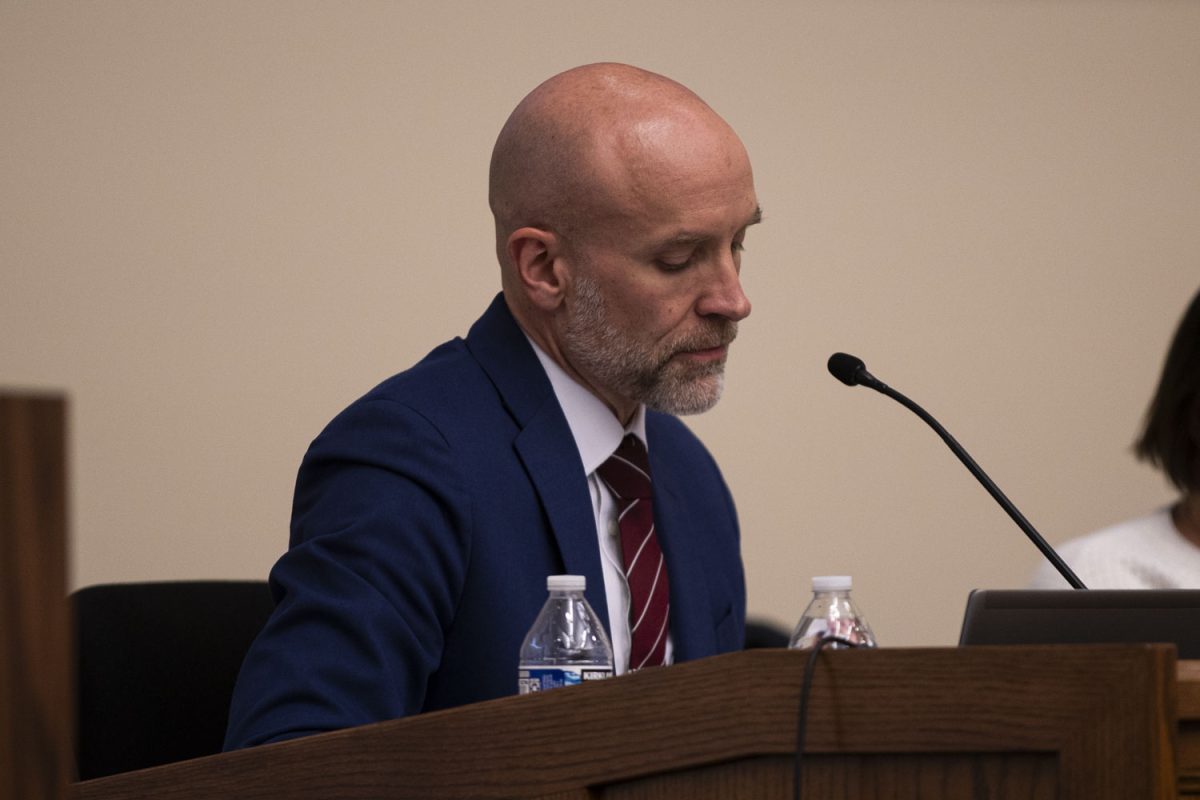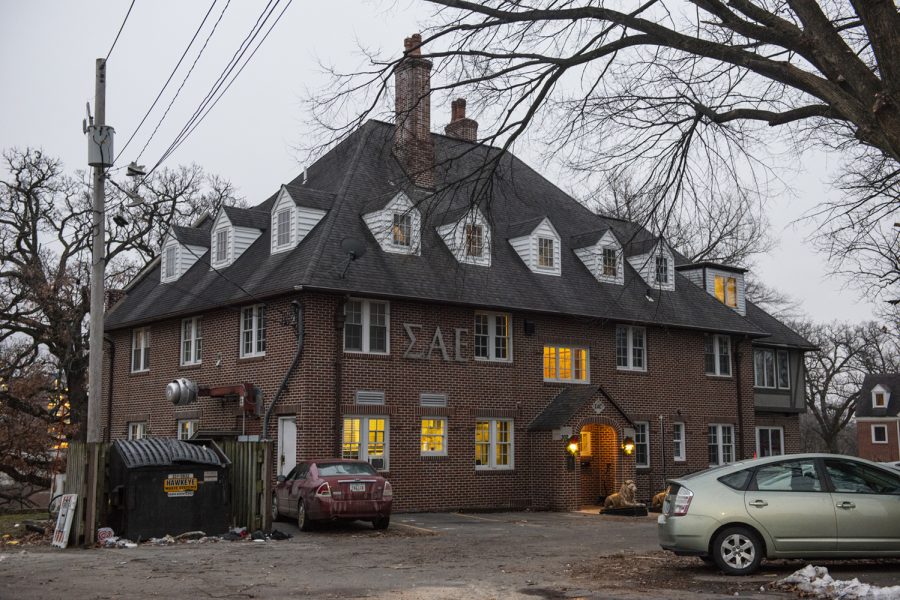Three fuzzy kittens were recently left at the Iowa City Animal Care and Adoption Center in a Rubbermaid bin, with just a few holes drilled in it.
Workers at the animal shelter found them at the doorstop of their temporary facility, 4852 Sand Road — around five miles south of Iowa City. The three kittens joined the roughly 70 other homeless cats sharing cages in a single room.
A lack of space for animals is just one of the aspects the shelter’s employees have been struggling with since they were forced from their previous location at 111 Kirkwood Ave. during the 2008 floods, and its distance from the city center has limited volunteer recruitment and the number of adoptions made each year.
"The animals are under a lot of stress," said Misha Goodman, director of Animal Services. "It’s like if you were thrown into a jail environment."
And although shelter officials had hoped to move into a permanent location by May 2012, that date might now be delayed, said Liz Ford, the executive director of the Friends of the Animal Center Foundation.
The selected site sits on the west side of South Gilbert Street, north of McCollister Boulevard, but construction cannot begin until the Federal Emergency Management Agency approves the results of an archaeological study conducted on the land. The study is required to make sure there aren’t any archaeological barriers, such as historical artifacts, that would prevent construction.
The delay comes after FEMA denied two previous studies the city submitted after the agency requested a study to be done specifically on the desired location. The city submitted two studies that had taken place over the past year that were done for other projects concerning land near the shelter’s potential location, said Deb Mansfield, Iowa City budget-management analyst.
"FEMA determined they didn’t have enough overlap [of the land] to be relevant," Mansfield said.
After the two denials, the city is now working with FEMA to review potential applicants to conduct the study on the specified land.
"We do expect some action sometime very soon," said Russ Edmonston, a FEMA spokesman.
Until then, employees and volunteers must contend with a building that wasn’t designed to hold animals.
"It’s frustrating," Ford said. "It’s frustrating to be in a facility where we want to be able to do more, but we’re limited. But I really feel strongly that our core volunteers are putting their hearts and minds into doing the best we can for animals."
Cleanliness — a priority in a space that holds hundreds of animals — is difficult when the building is made of materials not meant to be cleaned daily, and when drainage and water pressure are issues.
The building takes hours to clean properly, often taking up time of volunteers that could be used on interacting with animals.
It’s also difficult to do community outreach when there aren’t rooms designed for education and when volunteer orientation classes take place in the crowded lobby, which also holds animals.
The new building, specifically designed as an animal shelter, will ease all that.
The old facility on Kirkwood Avenue was roughly 7,200 square feet, and while the current site is estimated to be well over 10,000 square feet, officials anticipate that their future home would be approximately 16,000 square feet.
Iowa City officials have already had a study completed by an architect specializing in designing shelters, which will be used once they get approval to move forward.
The distance from Iowa City is also a major issue, Ford said. When she goes to volunteer fairs, such as those at the University of Iowa, an important question from prospective volunteers, many of whom don’t have cars, is where the shelter located.
The current building isn’t on a bus line, while the new location is expected to be accessible by bus and will be near a bike trail, Ford said.
Not being readily accessible in the community has also hindered their adoption efforts, Ford said.
"When people think about getting a pet, we want them to think about adoption. If it’s inconvenient to find the shelter, to drive all the way out there, they might not want to do that," she said. "I think location is very important to getting animals adopted."
DI Metro Editor Regina Zilbermints contibured to this article.






